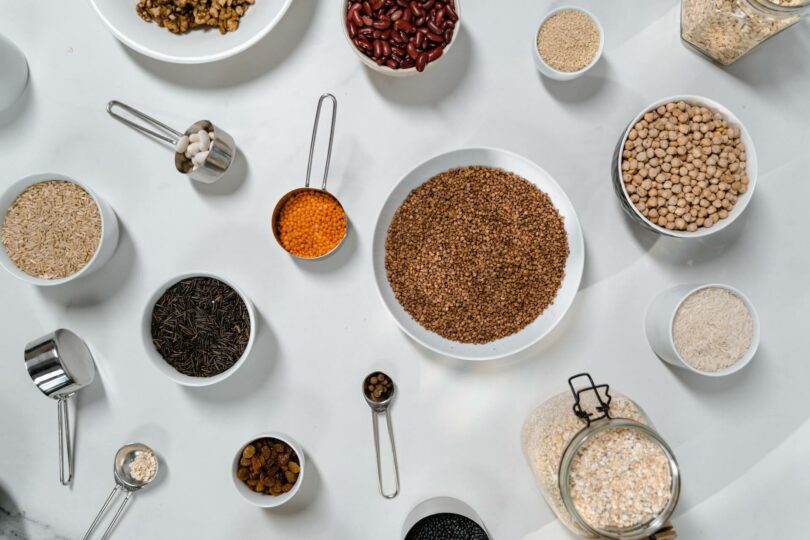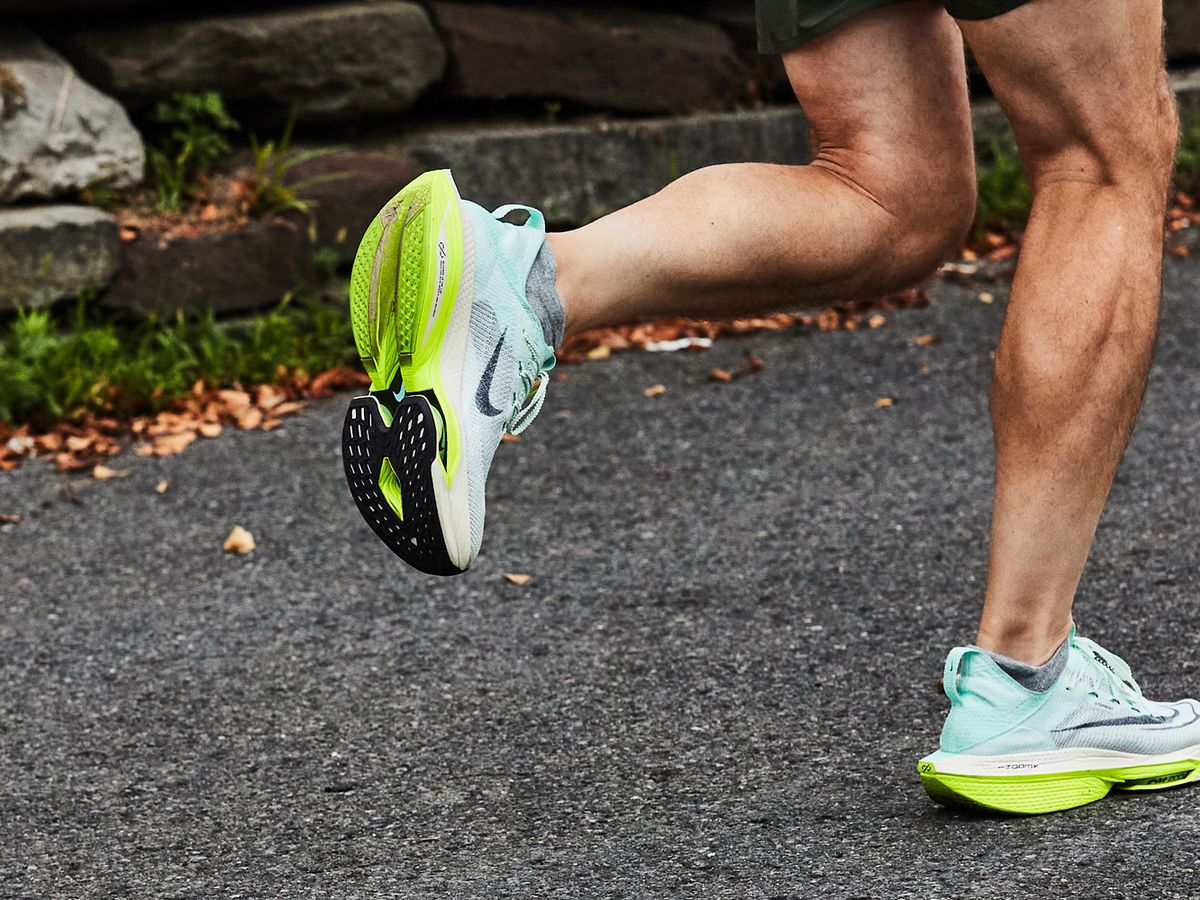While following international recipes, have you ever wondered “How many tablespoons in 1/4 cup?” We know this happens a lot and let’s be real it’s a head-scratcher. And the fact that these measures are not even universal makes the instructions even more difficult to follow. So, when you’re exploring recipes from all over or sharing cooking tips with friends from other places, it’s helpful to know what measuring system they’re using. Sounds tricky we know, but we have got your back!
In this blog, we will understand the difference between Imperial and Metric measurements, how they vary from country to country, and how to convert one unit to another! This will help you answer the classic trick question “How many tablespoons in 1/4 cup?”
Before getting into the details of these measurements, if you are looking for a quick answer to your “How many tablespoons in 1/4 cup?” Here is the answer.
There are 4 tablespoons in 1/4 cup as per the US and European system.
As of Australia, there are 3 tablespoons.
Imperial Measurements vs. Metric Measurements
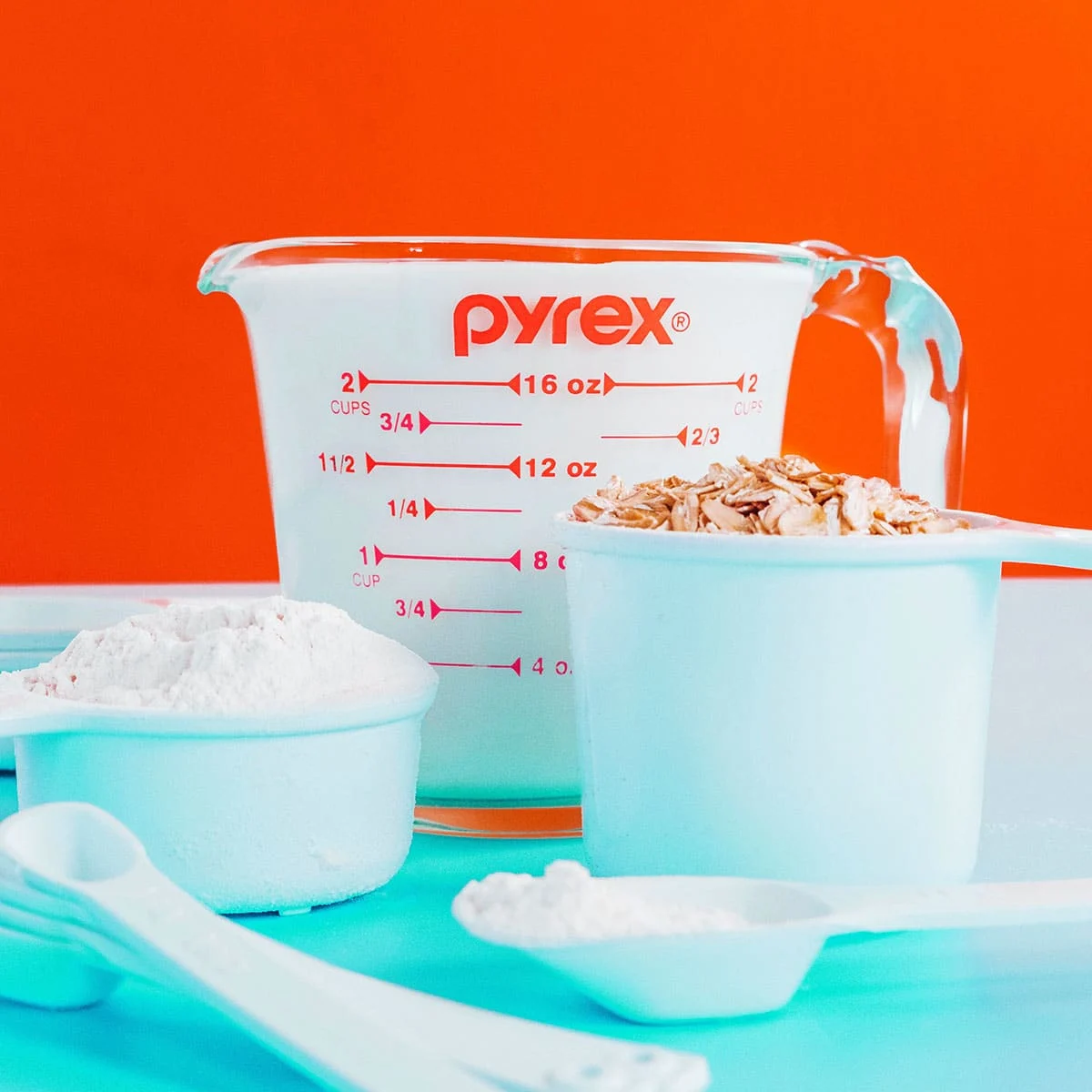
To find out “How many tablespoons in 1/4 cup?” we first need to understand the different measuring systems. In cooking, there are two main measurement systems: Imperial and Metric. Chefs and home cooks need to know the differences between them. Let’s take a closer look at how these systems work, where they’re used, and how they are calculated, implemented, and differ across various countries.
Imperial Measurements
The Imperial system was once the standard for weights and measures across the British Empire. In cooking, it includes units like ounces, pounds, pints, quarts, and gallons.
Metric Measurements
After the Imperial measurements, the Metric system is a system based on decimals. In cooking, important Metric units include grams, kilograms, milliliters, and liters.
Calculating Imperial and Metric Measurements
The main difference between these systems is how they calculate measurements. Imperial measurements use fractions, dividing or multiplying units for different quantities, like 1/2 cup or 1/4 pound. On the other hand, Metric measurements follow a decimal system, where units are based on powers of 10. For example, 1,000 grams make 1 kilogram, and 1 liter equals 1,000 milliliters.
International Variations
Although the Metric system is widely adopted worldwide, Imperial measurements are still used in certain countries, especially in the United States and, to a lesser extent, in the United Kingdom. This can pose challenges when following recipes from various sources. In Australia, things get a bit interesting because they mainly use the Metric system, but you might still come across some Imperial units in certain situations.
Because of these variations, we need to look for answers to questions like “How many tablespoons in 1/4 cup?”
Teaspoons as Measuring Units
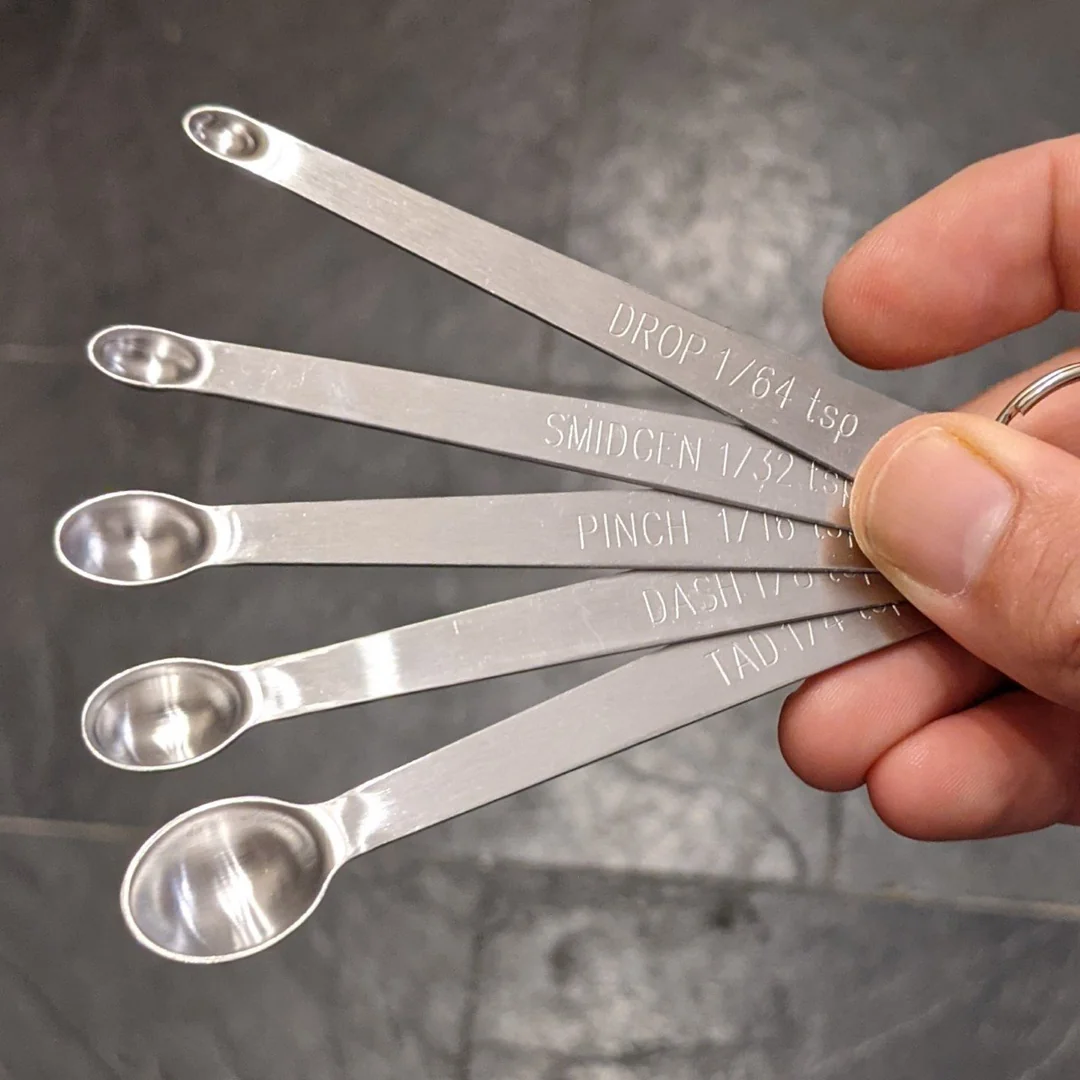
The size of a tablespoon can vary a bit depending on your location. So it becomes important to understand this basic difference to know “How many tablespoons in 1/4 cup?”
Let’s understand how measuring teaspoons differs from country to country. People use tablespoons in many countries, but it’s especially common in the United States, the United Kingdom, Australia, and New Zealand. In the United States, one tablespoon equals 1/16 cup, 3 teaspoons, 0.50 U.S. fluid ounces, or 14.7868 milliliters (ml).
In the United Kingdom, a tablespoon is a bit bigger, equal to 4 teaspoons, 15 milliliters (ml), or 0.51 U.S. fluid ounces. It’s worth noting that the milliliters are very similar, but the teaspoon size is different, so there are more teaspoons in a single tablespoon (3 vs. 4).
In Australia, a tablespoon is 20 ml or 4 teaspoons. Teaspoons (t or tsp). In the U.S., one tablespoon equals three teaspoons, while in the UK, Australia, and New Zealand, it’s four teaspoons.
Cup as a Measuring Unit
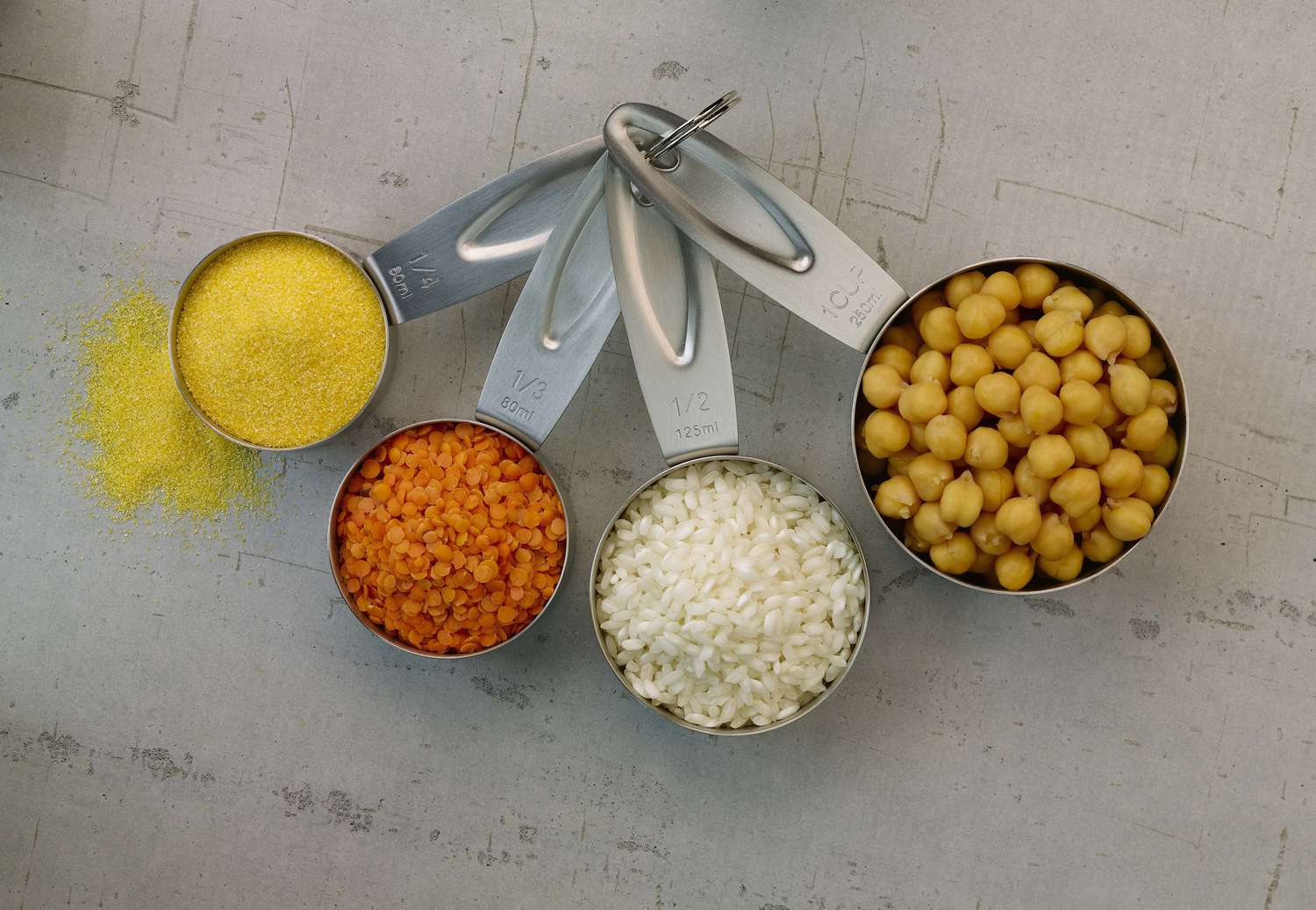
There are two main types of measuring cups for cooking. In the U.S., you have the customary cup, measuring 236.6 ml, half a U.S. pint, or 8 fluid ounces. Then, there’s the metric cup, which is 250 ml or 0.25 liters. This brings us to the common question “How many tablespoons in 1/4 cup?” ¼ of a U.S. cup is 59 ml or 2 ounces and 4 tablespoons, while in the metric system, it’s 62.5 ml. While the difference between U.S. and metric cups isn’t significant, it can matter when we have to measure the precise amount such as while baking the amount matters a lot.
Know more:- Tradle
How to Convert Tablespoon to Cup?
Now that we know all the basics, here is the practical part. To convert tablespoons to cups, you can use the following conversion formula.
To make things simple, here’s how you convert tablespoons to cups:
In the U.S. and Europe, 16 tablespoons make 1 cup, while in Australia, it takes 12 tablespoons. To convert tablespoons to cups, just divide the number of tablespoons by 16 (or by 12 in Australia). For instance, if you have 48 tablespoons:
Number of cups = 48 / 16= 3
So, 48 tablespoons equals 3 cups.
If you’re dealing with a fraction of a tablespoon, turn it into a decimal by dividing the top number by the bottom number and then dividing that decimal by 16 (or by 12 in Australia). For example:
3 and 1 / 2 tablespoons=3.5 tablespoons
=3.5 / 16 cups = 0.21875 cups (rounded to five decimal places).
Remember, accuracy matters in cooking and baking, so using local measuring spoons and cups is your best bet for precise results.
How to Convert Measurements From Cup To Tablespoon?
Just as we changed tablespoons to cups, to find out the number of tablespoons for a given number of cups, we use the opposite formula. Here’s the breakdown:
- In the U.S. and European metric systems: 1 cup equals 16 tablespoons.
- In Australia: 1 cup equals 12 tablespoons.
Converting cups to tablespoons is easy – just multiply the number of cups by 16 (or by 12 in Australia). Here are a couple of examples of the U.S. and European metric systems:
- 3 cups = 3 x 16 tablespoons = 48 tablespoons
- 5 cups = 0.5 x 16 tablespoons = 8 tablespoons
- 25 cups = 1.25 x 16 tablespoons = 20 tablespoons
For fractions of a cup, convert the fraction to a decimal by dividing the numerator by the denominator. Then, multiply the result by 16 (or 12 in Australia). Examples include:
- 1/4 cup = 0.25 cups = 0.25 x 16 tablespoons = 4 tablespoons
- 2 and 3/4 cup = 2.75 cups = 2.75 x 16 tablespoons = 44 tablespoons
By using this formula you can easily find out “How many tablespoons in 1/4 cup?” just as we did above.
Read More:- Betterme Reviews
Conclusion
That’s all we have to share for now. We hope with all the information you have got here, you now know how to calculate “How many tablespoons in 1/4 cup?” Since we’ve learned that different places use different ways to measure things, it’s a good idea to mention the specific area or measurement system when sharing recipes globally. The same goes for following international recipes. Remember that Australian tablespoons differ in size, impacting the number found in a single cup compared to other regions. Knowing this simple and smart trick might improve your cooking experience and eventually give you more precise outcomes. Let us know your thoughts in the comments. Happy cooking!
FAQS
1. How many tablespoons in 1/4 cup?
Ans – As per US and European measurement systems, there are 4 tablespoons in 1/4 cup. As of Australia, there are 3 tablespoons in 1/4 cup.
2. How much is a quarter of a teaspoon?
Ans – Approximately a quarter of a teaspoon is 1.25 grams.
3. Is 3 tablespoons equal to 1/4 cups?
Ans – Three tablespoons does not easily convert into a cup measurement. 3 tablespoons equal 0.1875 cups, which is between ⅛ and ¼ of a cup. How do you convert 12 tablespoons to cups? There are 4 tablespoons in ¼ of a cup.
4. Is 2 tablespoons equal to 1/4 cups?
Ans – The answer to how many tablespoons are in ¼ cup is 4. There are 16 tablespoons in 1 cup, so there are 4 tablespoons in ¼ cup.
